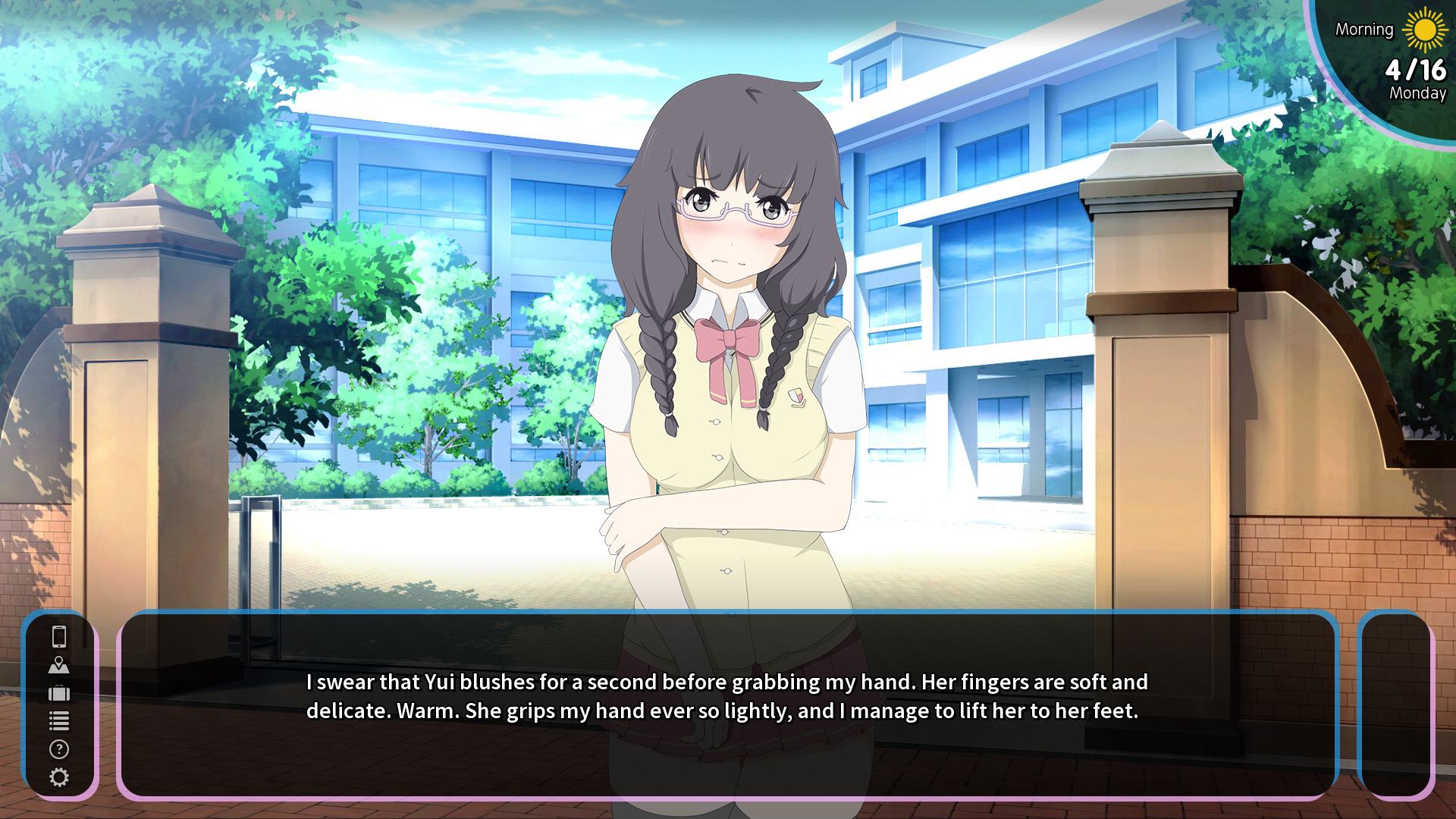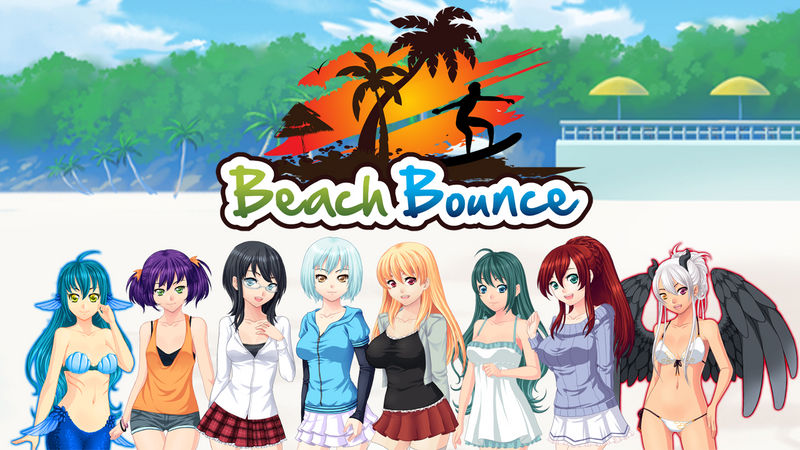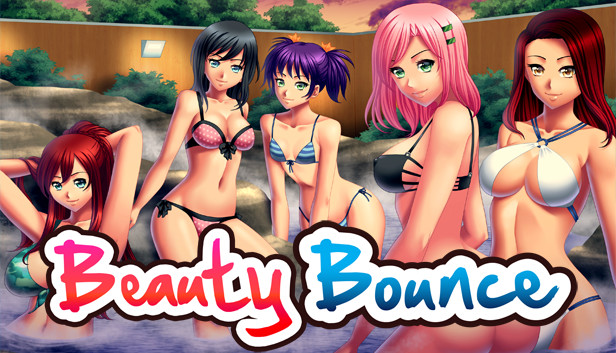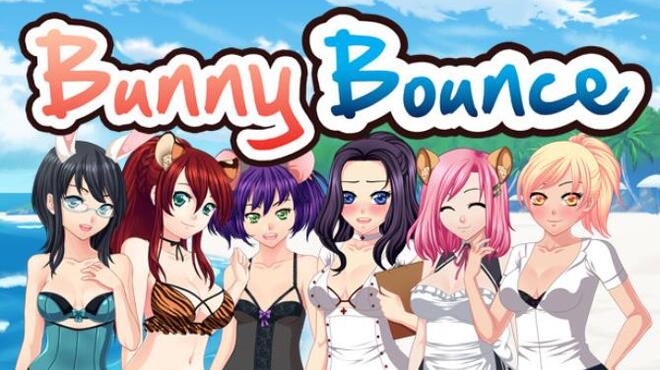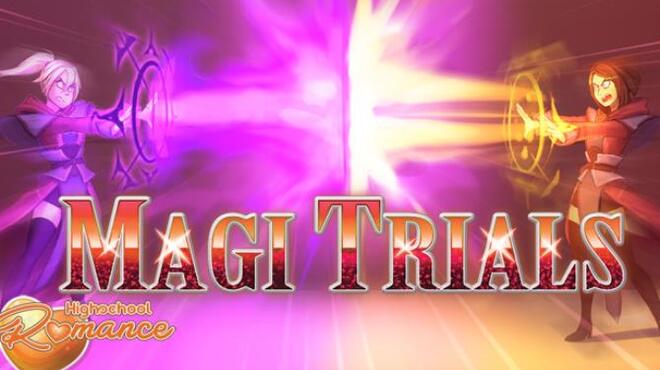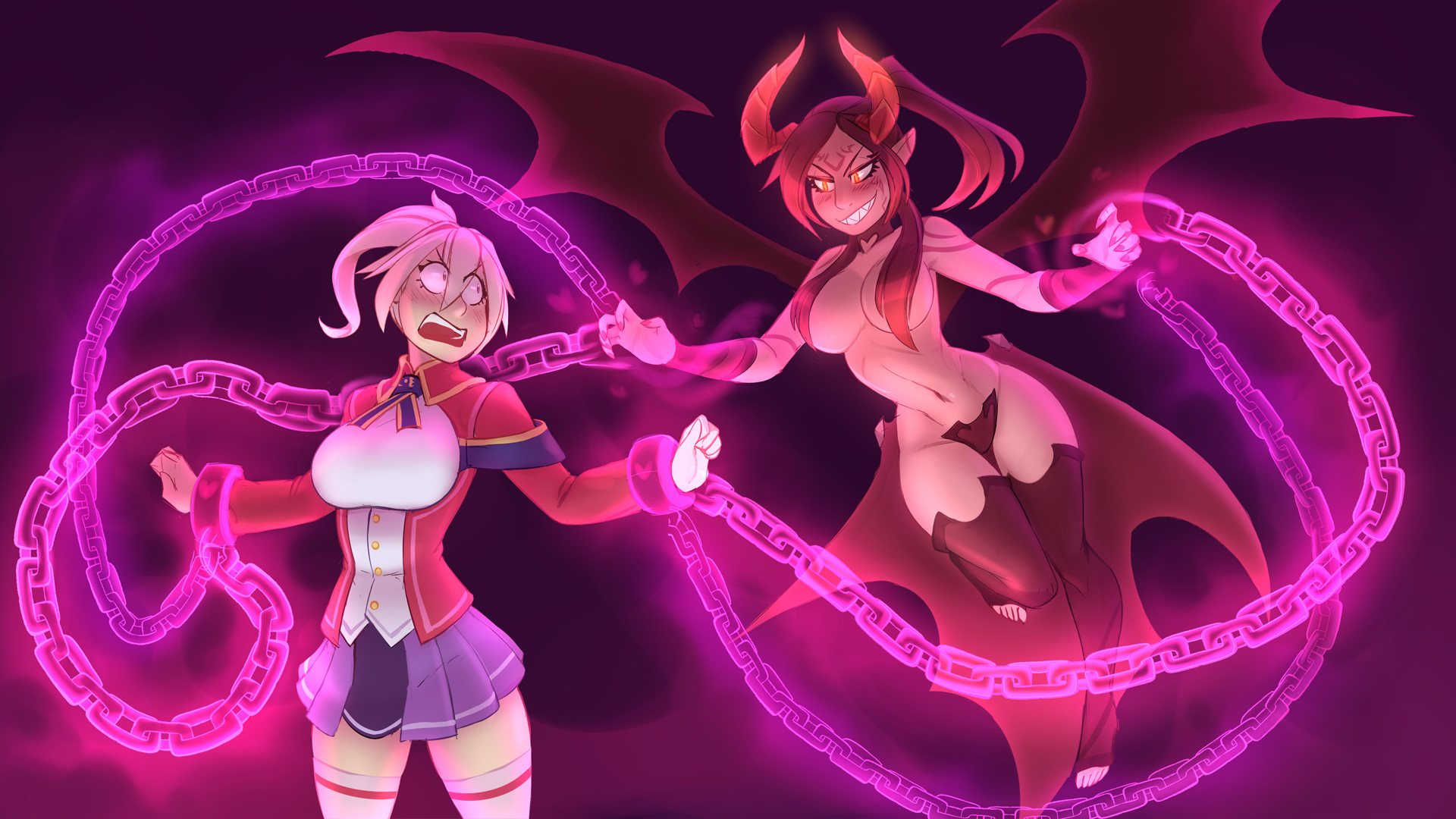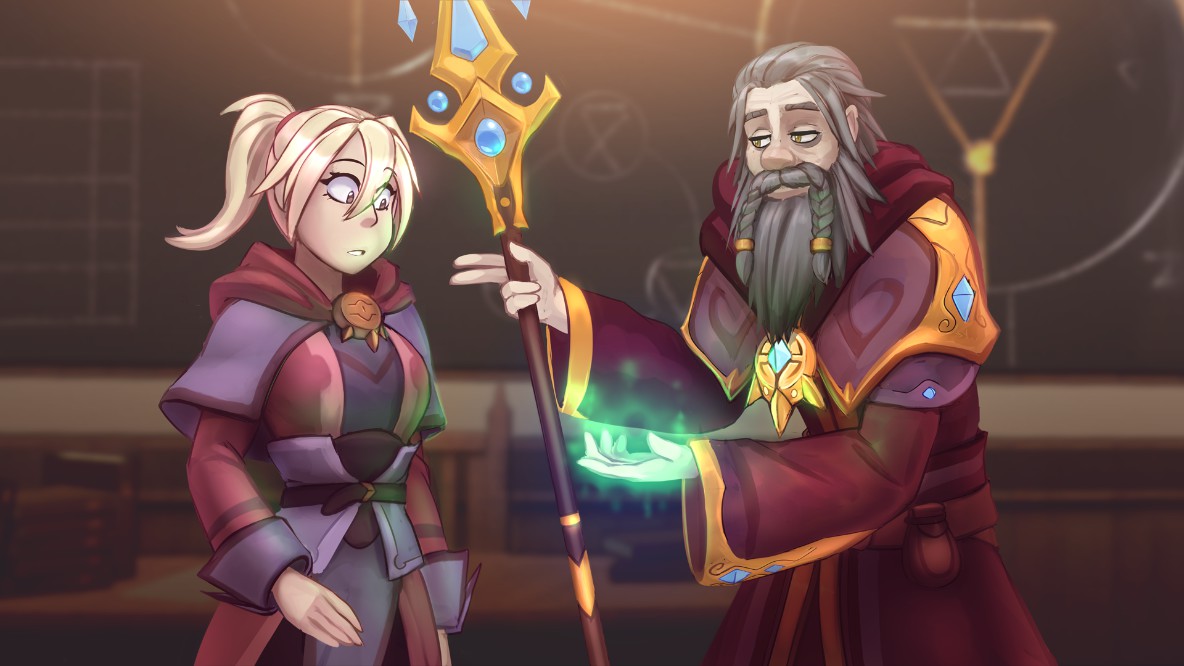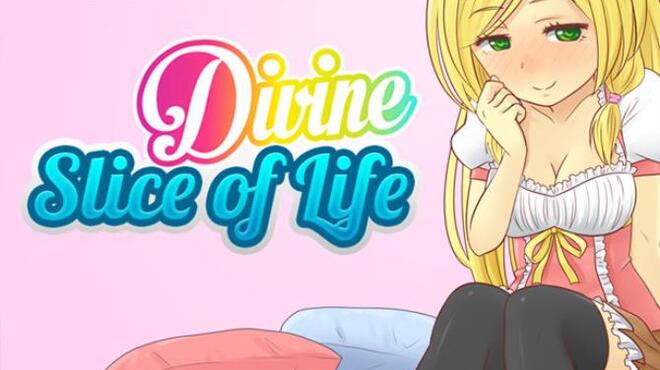
While with the gradual professionalization (and commercialisation) of the Western visual novel scene, it’s less common to find real gems among the jam’s entries, it’s still a unique opportunity to find interesting, free VNs within various genres and themes. At the same time, NaNoRenO is not a contest that would explicitly choose winners and allows VNs of all sizes and states of completion, so it’s not easy to navigate for an average reader – this year’s edition included the record number of 91 submissions and finding the truly interesting ones can be a challenge. For this reason, I’ve decided to prepare a short series of posts about my personal highlights of the 2019 event – games that I found most impressive and worth recommending. The lists will be obviously influenced by my personal taste and I’ll readily admit that I didn’t read all the entries, focusing on complete projects (i. e. no demos and prototypes) and avoiding some that I was convinced I won’t enjoy, or that were in genres I’m less interested in. I am, however, very much convinced about the merits of the games I’ve decided to feature and I hope you’ll join me on this short journey. Clicking the titles of every entry you’ll be transported straight to its itch.io page, where you’ll be able to download it for free. So, let’s get started!

My personal favourite of this year’s NaNoRenO is a tale of a person (you can choose the pronoun, although their looks are always rather feminine) who wakes up with amnesia after a car crash, greeted by a man claiming to be their husband. Soon after, they learn that the idyllic marriage with a wealthy lawyer is a sham, and they’re actually a sophisticated android send on a mission to assassinate him. Re-learning their identity and mission, the protagonist stands before a choice: to accept their role as a government-controlled killing machine, or try to rebel, while also possibly exploring their very-much-human emotions towards their husband, or maybe even their handler from the agency, with whom they previously shared a not-fully-professional relationship.
While the concept is already highly intriguing, what makes Mnemonic Devices truly great is the writing, which brings tons of emotional depth and believability to the characters. It creates situations with no easy answers or black-and-white moral dilemmas – every path will lead to sacrifices and questionable choices, but most of them also manage to be touching, to the point where it was the first VN in a while that genuinely made me shed a few (mostly happy) tears. The two routes supplement each other in interesting ways, giving different perspectives on all of the main characters and the protagonist’s struggles as a sentient being who’s treated like an emotionless killing machine by their employer. The visuals and sound are not amazing, but solid enough to give proper climate and impact to the story. In result, I’d consider Mnemonic Devices something of a hidden gem – it really offers everything I’m usually looking for in short VNs and I can’t recommend playing it strong enough.
Rating: Highly Recommended
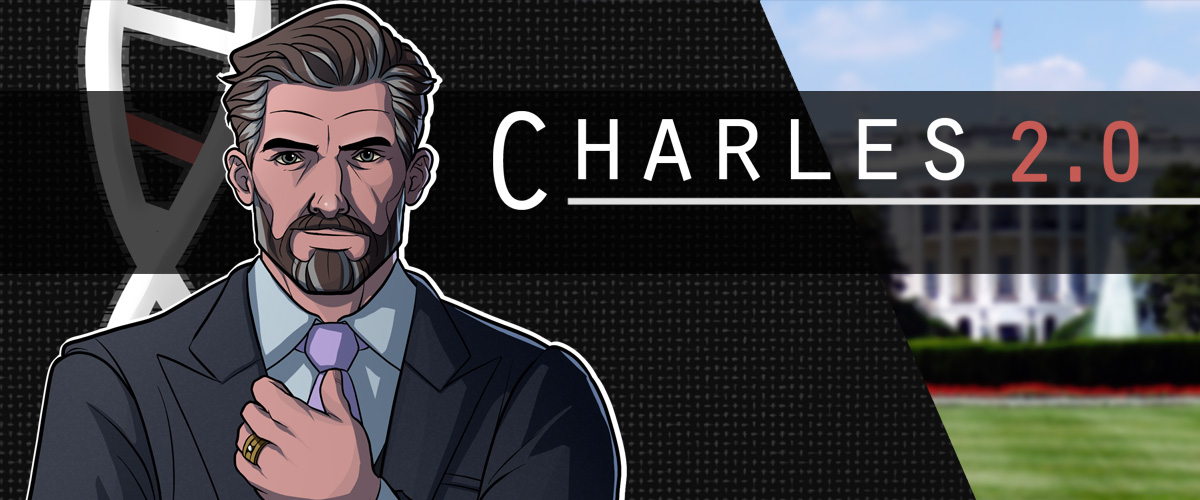
Continuing with the amnesia theme, Charles 2.0 is another highly-original and intriguing entry in this year’s NaNoRenO – a short story about a clone of the US president, who wakes up without memories and has to bluff his way through a press conference and sequence of casual interactions, while the “real” POTUS undergoes an emergency treatment after an assassination attempt. Giving you very limited time to gather information, it plays like an investigative puzzle game, where you have to extract all the necessary details, optimize your path and learn how to mimic the president in the most convincing fashion, with both your life and his career being on the line. All of this is spiced up by good visuals, a proper feel of suspense and a good understanding of American political talk – a mix especially appealing for a political geek such as myself, but one that should be enjoyable to pretty much anyone.
The game also includes two gay sex scenes (the president have both a husband and a lover), which were pretty pointless from my point of view, but didn’t hurt the experience in any real way, and should be a treat to fans of bara hentai. The homosexual angle of the story is also one of its least important parts, with the specifics of the Presidents relationships and policies being much more important than the fact he’s gay – and honestly, that’s exactly how it should be, as the story manages to tackle the theme without unnecessary pandering. It’s a tiny political thriller first and a BL game second, making it easy to recommend regardless on reader’s stance on M/M romance – it’s simply too fresh-feeling and fun to miss out on, even if its brand of h-content is the last thing you’re looking for.
Rating: Highly Recommended

Grief is another recurring theme in this year’s NaNoRen0, but no other game in the event focused on it quite like This Was For You, a short, experimental game created by jam veterans from Watercress Studios. The story follows a protagonist devastated by the loss of their close online friend, Ji-min, with whom they bonded through a Second Life-style virtual reality game. Paralyzed by depression, they cut themselves from the world, clinging to the virtual space they shared with Ji-min and the artefacts connected to their long-distance friendship. And the only thing disrupting the melancholic serenity of protagonist’s VN refuge is a strange NPC catgirl, hell-bent on interacting with them when they least want it…
This Was For You does quite an excellent job at portraying the feelings of loss and resignation, but also presents it all in an imaginative and relatively interactive manner – we learn about protagonist’s situation not only through his internal monologues, but also e-mails and VR sessions you manually initiate. While I had some issues with how the aforementioned catgirl was utilized and wondered whether her inclusion even served a significant-enough purpose in the story, I came from of the whole experience impressed with its climate and emotional depth of its writing. Thus, I recommend checking it out, if you’re not scared of experiencing something genuinely sad and rather inconclusive – the 12k words script does quite a lot when it goes to exploring protagonist's breakdown, but doesn’t show an easy way out or pander to the reader with a disingenuously optimistic punchline.
Rating: Recommended
NomnomNami is a yuri game developer that contributed many interesting VNs to NaNoRenO, the highest-rated of which is the previously mentioned Her Tears Were My Light, a tiny, allegoric story about personified Space and Time and their desperate struggle against non-existence. Her games are known for distinct, cute art and mostly lighthearted romance plots, and Contract Demon is not any different – it’s a very short (20-30 mins of reading) tale of an atypically-friendly demon being summoned by an angel, and the strange relationship the two form against their circumstances and common sense. It’s also a continuation of a comic released by Nami in the past, but knowing it is not in any way necessary to enjoy Contract Demon – it works absolutely fine on its own, as a bite-sized piece of yuri fluff. While it does not have the scale or emotional impact of Nami’s best VNs and as a kinetic novel offers no interactivity, none of this can make it any less lovely and fun to read – unless you seriously dislike the theme, there’s no reason to not give it a chance.
Rating: Recommended

A bit of a youtuber/streamer bait, this short, creepy horror VN involves the unnamed protagonist being visited by a mysterious entity in the middle of the night. Disappearing every time when the main character opens their eyes, the intruder asks them to describe him without looking. Every choice the player makes in this regard is represented in monster’s imagined silhouette gaining new details and is accompanied by long, whispered monologues from him.
While the whole experience of (Don't) Open Your Eyes doesn’t offer much depth (it has effectively two endings and your choices for the shape of the monster ultimately don’t matter), it’s definitely fun while it lasts. The visual gimmicks and monster’s voice could have quite easily turned out pretentious and off-putting, but ended up being quite effective at creating an unsettling climate. This, in turn, made exploring all the possible variants of the dialogue and monster’s design interesting enough to keep my interest for the full length of the game (about an hour). While probably not what you’re usually looking for in NaNoRenO, it’s still a cool, short distraction, worth experiencing when you’re looking for a brief and genuinely creepy horror game.
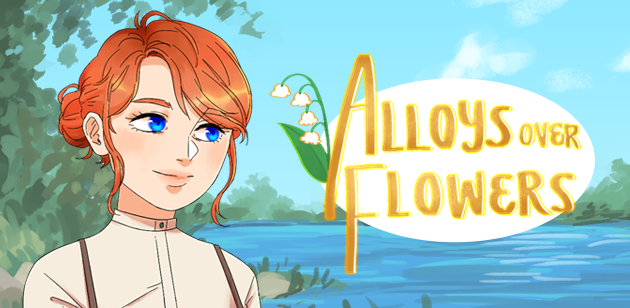
One of the few full-blown otome games in this year’s event was another pleasant surprise – a short story of an amnesiac (heh…) woman, Junia, who is suddenly kidnapped from the house she spent last three months in by a person claiming to be her fiancée. The man, a son of a mighty noble family, reveals that she’s the daughter of an incredibly rich merchant and they became betrothed for a political marriage, despite her protests. After a fairly hostile back-and-forth, he agrees to give the protagonist time to decide whether she wants to come back with him, or stay with her new life and the family of blacksmiths that took her in after she lost her memory.
At first glance Alloys over Flowers looks like a typical otome romance, where the protagonist will ultimately choose between the noble, Owen and Marcus, the son of the blacksmiths that gave her shelter and friendship in her moment of need. However, Owen is the only real love interest in the story and the plot mostly explores his previous relationship with Junia, the secret behind her disappearance and loss of memory, and her struggle to reconcile her past and present selves. What could’ve been utterly generic, is actually a very good piece of storytelling with some enjoyable twists and a few compelling endings, partially related to how close to Owen you get thanks to your choices. Junia herself is also a good protagonist, wholly unimpressed by the genuine prince that showed at her doorsteps and striving to carve her own path through life. While still brief and simple (also visually), it’s the kind of otome I’d very much enjoy seeing more of and a game I’m very confident about recommending, not only to fans of the genre.
Rating: Highly Recommended
And this concludes the first part of my NaNoRenO 2019 coverage! The scale of the event means it pretty much always offers some pleasant surprises or exceptionally original games and this time, I think Mnemonic Devices takes the lead in most categories – its production quality and storytelling put it way above most of this year’s submissions and while structurally it’s a fairly standard VN, it manages to be genuinely memorable without use of clever gimmicks. It's a small bit of content that should prove satisfying even to more demanding and "conservative" readers, looking for good reading material above anything else. This, of course, does not take away from my other recommendations, especially Alloys Over Flowers and Charles 2.0, which are also very solid short games in their own rights. There's more coming, however, so be sure to come back in two weeks for the second and final portion of my NaNoRenO 2019 highlights!



